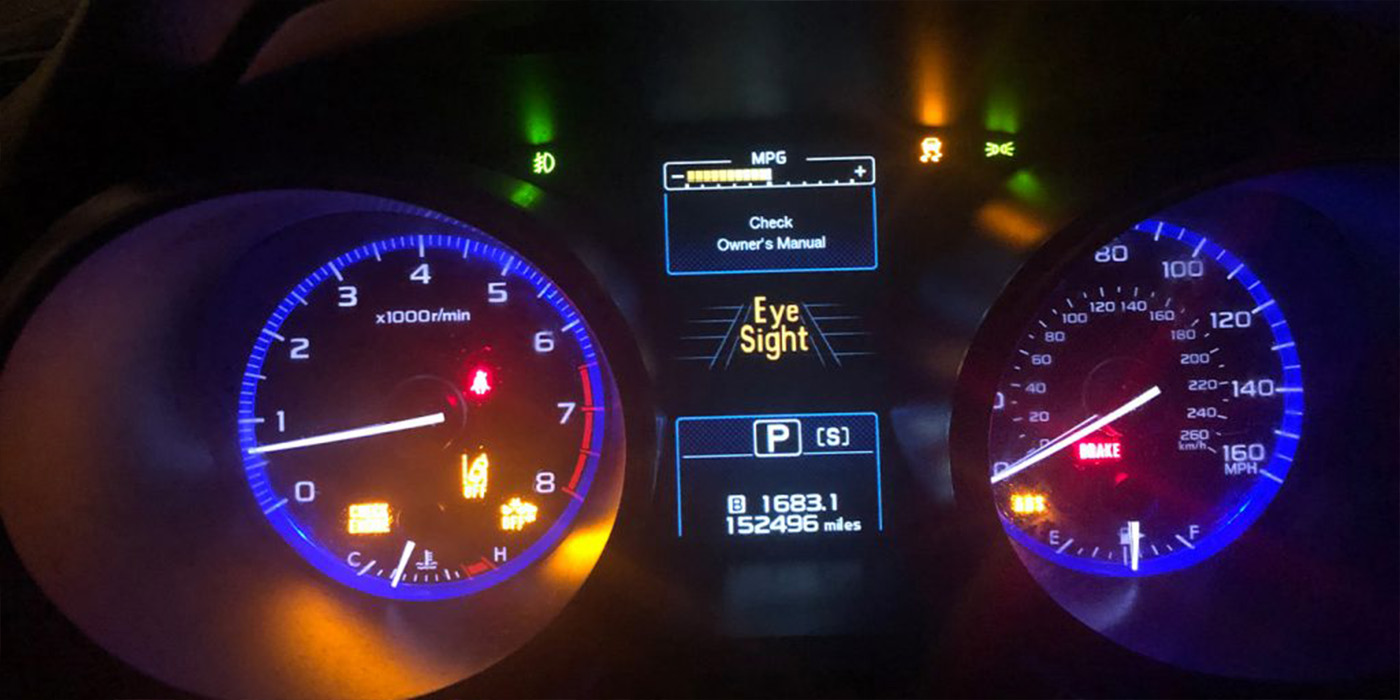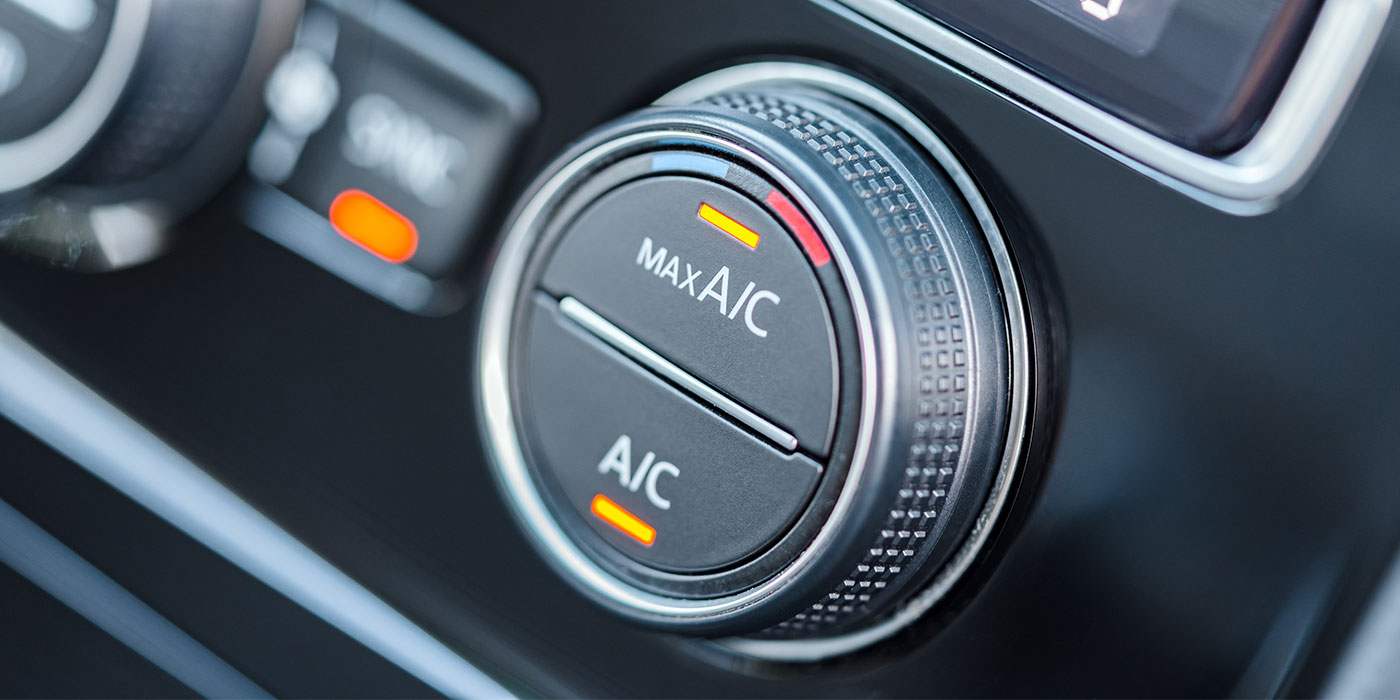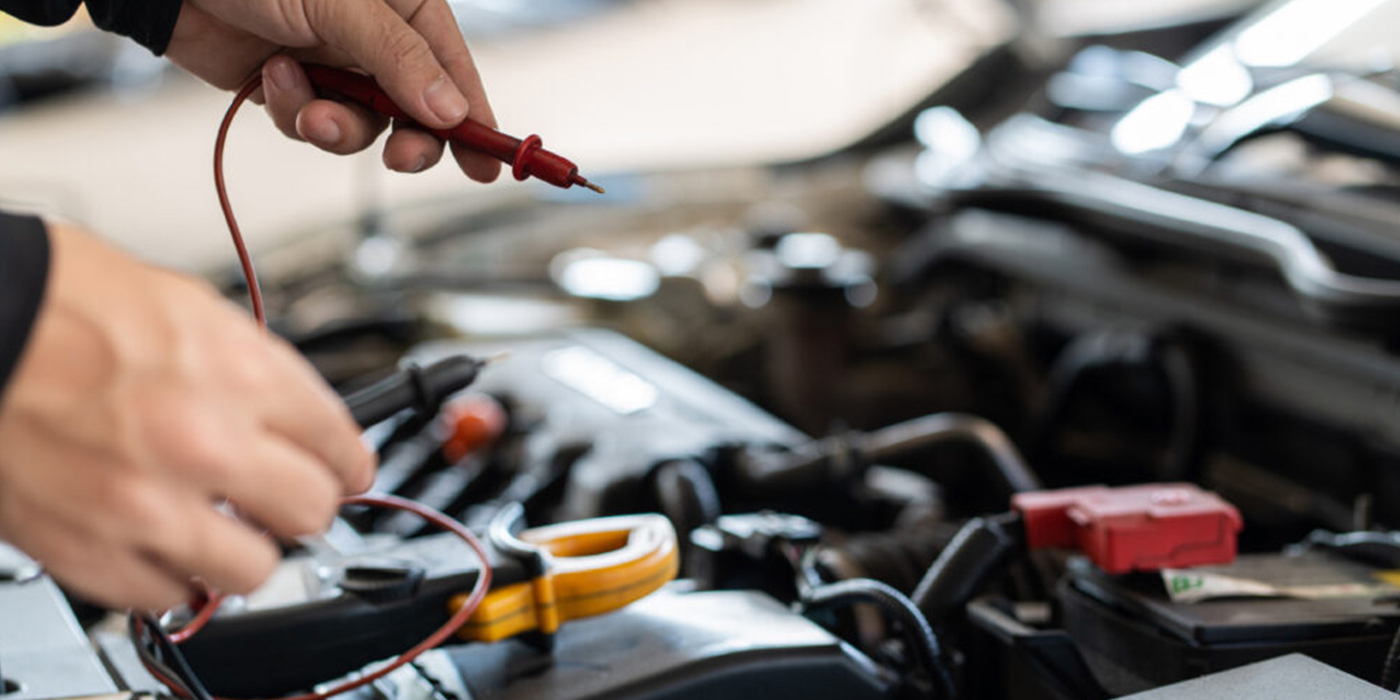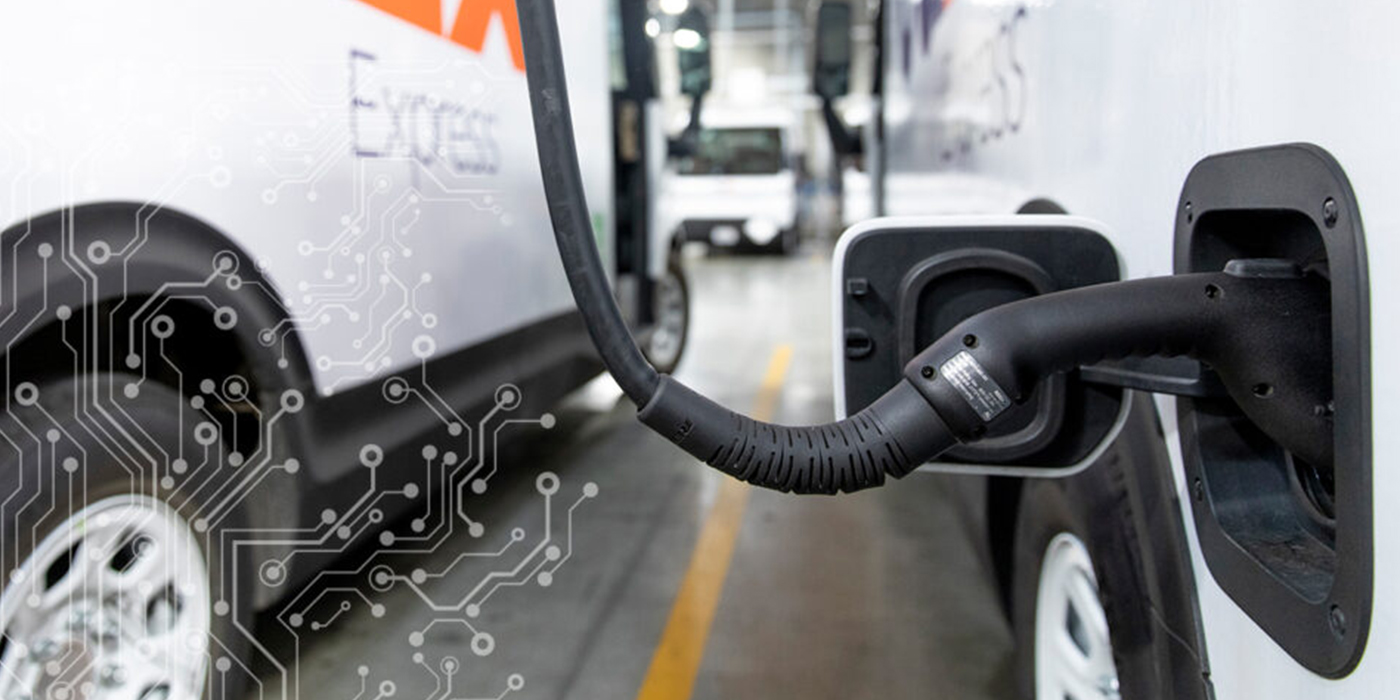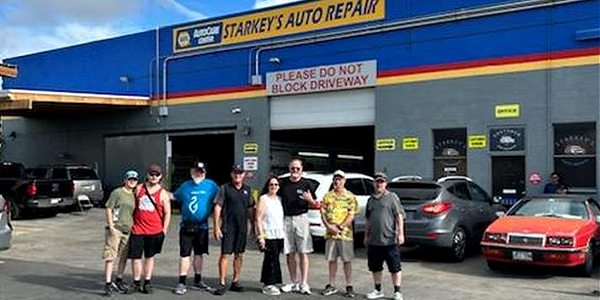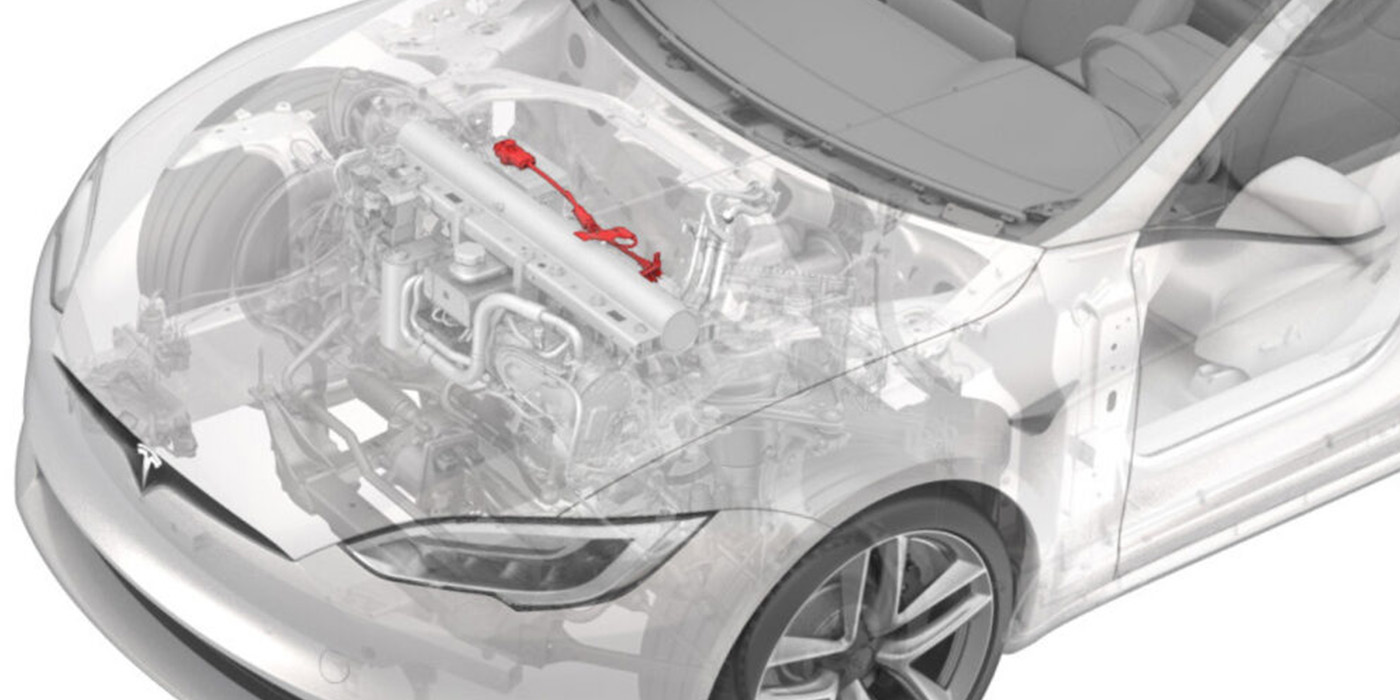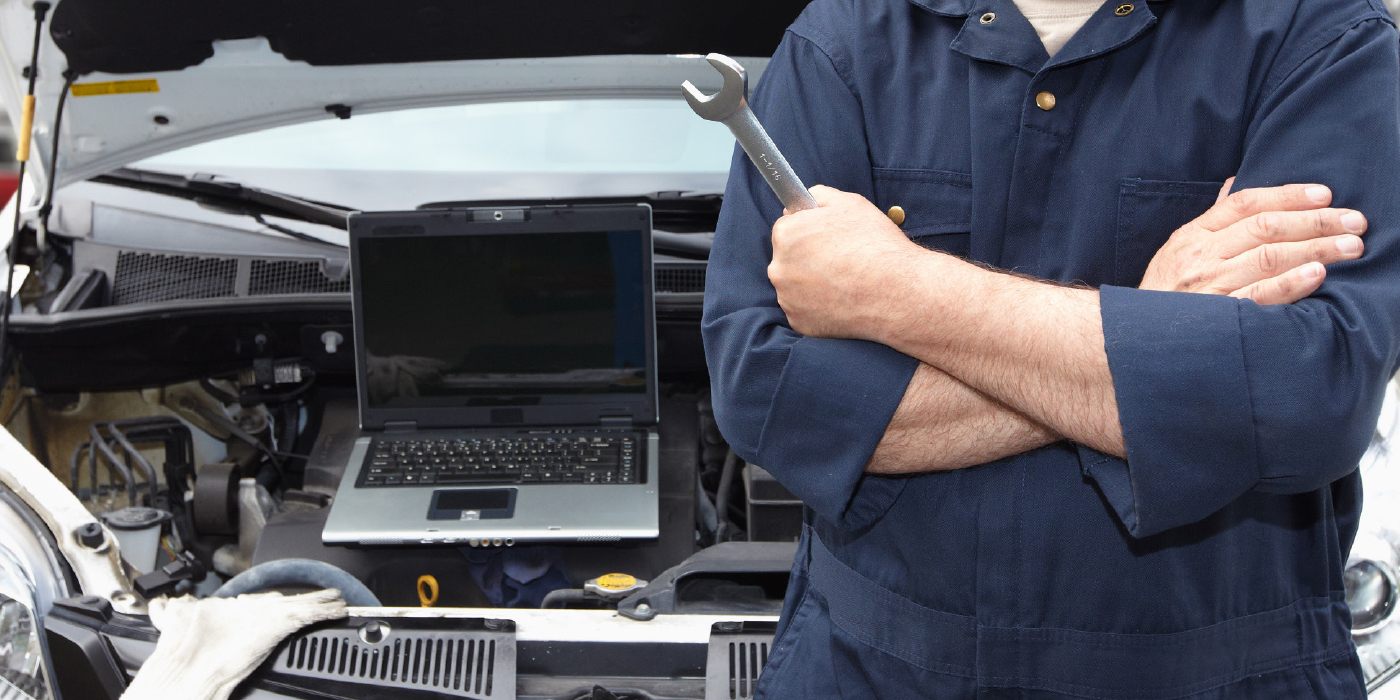In this article, we introduce Tom and Joe Palermo, general manager and owner, respectively, of Preferred Automotive Specialists in Jenkintown, PA, whose shop has been actively involved in servicing fleets for almost two decades.

Here they shed some light on the challenges they faced as they embarked on new service territory, how they equipped their shop and team to take on additional vehicles and their varied service requirements, and the opportunities that resulted from establishing a new service “profit center” for their growing business.
Q. What motivation did the shop have for adding fleet accounts?
A. We saw an opportunity to separate ourselves from the competition and enhance our service capabilities. As with anything in business, there are advantages and disadvantages. A more stable flow of work through the shop as well as increased vehicle count makes doing fleet work a no-brainer and is an obvious advantage. Also, fleets are very maintenance-oriented, so that creates a great environment for both techs and shop owners. Sounds great, right? Well, there are a few caveats.

The first would be speed of work. Understand that these vehicles are relied on to conduct business no matter what kind of fleet you are servicing, so your ability to turn work around in an efficient manner is critical. Another caveat is scope of work. There are many fleets that have many different types of vehicles. When you take on a fleet, it is critical that you are prepared to service whatever vehicles they own. This involves being committed to training and continuous improvement. It also requires being willing to step outside of your comfort zone, while being open to many different types of repairs and services.
Another potential issue could be if a shop takes on a large fleet and gets too comfortable, or there is a problem and that fleet discontinues using that shop. It is important to understand that, just like with private customers, attrition due to circumstances due to, and beyond, a shop’s control can be difficult, as one fleet will have more vehicles than one private customer. Losing a fleet of 50 vehicles could make things difficult, so it’s important not to put all of your eggs in one basket. One of the most important things to remember is that fleet managers are looking to you to help make their job easier.
Q. How long has fleet business been a part of your service portfolio?
A. We have been in the fleet business for 18 years. We started slow and built our fleet business and reputation in a controlled manner. We never wanted to promise our customers something we couldn’t deliver. The nice part about fleet acquisition is there are so many fleets out there that need a caring, competent service provider. It makes us want to constantly improve and exceed the customer’s expectations.
Q. How many fleet customers does the shop have versus regular customers?
A. 70%/30%
Q. Did the shop face any challenges along the way?
A. We have faced many challenges along the way. As we increased our fleet business, we outgrew our current locations. Another challenge has been keeping up to date on the vast range of vehicles we service (low-speed electric vehicles to transit buses). Training is critical. We try to utilize every method of training available to us through vendors, training groups, associations, online, etc.
When doing fleet work, you have to be prepared to have some level of receivables due to the nature of businesses’ operations. The good news is, many fleet companies are moving to credit card payment, which helps in that regard. There are ways to mitigate large receivables (i.e. factoring companies, credit line, etc), but it is important to know that at some level, if you do fleet work, you will have “money on the street.”
Q. Was it necessary to buy any special equipment?
A. Absolutely. I have always been of the mindset that having the right tools for the job is critical to success. It is important to understand that when you are doing fleet work you are competing with “big box” stores and dealerships. A shop’s ability to properly diagnose and effectively repair vehicles is imperative.
In today’s world, that generally means having access to factory-level (or equivalent) scan tools, information and procedures. Your shop needs to be prepared to provide the same level of diagnostic and mechanical service they provide. It sounds daunting, but it really isn’t that bad. Most shops could handle a good percentage of the lig ht-duty fleets out there today.
ht-duty fleets out there today.
Of course, if you are going to start working on different types of vehicles (like medium-duty, transportation, etc.), you’ll need to make sure your shop’s equipment can handle the increased capacity that those vehicles require. If it can’t, an upgrade will be necessary.
Q. Are there bays and techs that are solely used for fleets? If so, how many?
A. We cross-train all of our techs and work on a team-based system to ensure that no one is left out of the process. We do have people who are very skilled in specific areas, but we want all of our people to be proficient on any type of vehicle that drives (or is towed) into the shop. My techs and service advisors participate in training both in and out of their job scope. This ensures a better understanding of how decisions made by one person can affect the entire team.
ASE certification also plays an important role in the fleet world. Most fleets require that the  shop they use be certified on some level before they will even consider the shop for their repair business. This gives the fleet manager the ability to set a standard by which to compare shops. In my opinion, certification is a great way to show a technician’s dedication to his/her profession and commitment to providing the best product to the customer.
shop they use be certified on some level before they will even consider the shop for their repair business. This gives the fleet manager the ability to set a standard by which to compare shops. In my opinion, certification is a great way to show a technician’s dedication to his/her profession and commitment to providing the best product to the customer.
Q. How do you advertise for customers in the fleet business?
A. We utilize several methods when marketing to our fleet customers. We have a dedicated employee whose job responsibilities include developing fleet business as well as maintaining the current relationships we have. Once a fleet customer decides to utilize our services, we are very proactive in making sure we are meeting the customer’s expectations.
Networking also plays a large role in our business development. There are several associations for fleet managers and those in the fleet industry. As a service provider, joining an association can provide an effective way to make contacts with the right people. Making these contacts doesn’t provide instant results, but persistence will pay off and net great rewards.
Of course, the usual marketing can also be effective. Using email campaigns, mailers, cold calling and an Internet presence can also be effective. The key with any fleet marketing is getting to the right person. Don’t be discouraged if you strike out a few times. If fleet marketing is nurtured, it can provide great results. The key is to stay in contact with potential customers without annoying them. I have actually had customers who thanked us for being persistent once they started using our services.
be discouraged if you strike out a few times. If fleet marketing is nurtured, it can provide great results. The key is to stay in contact with potential customers without annoying them. I have actually had customers who thanked us for being persistent once they started using our services.
Q. Are the same suppliers used for fleet and regular customers?
A. Yes. We make sure that all of our customers receive the best possible service and parts. Providing the best possible product to the customer requires having great suppliers. Being a NAPA Auto Care and NAPA Truck Care shop, and having great relationships with local OEM parts departments, etc., gives us the ability to get priority service from our vendors, which allows us to exceed our customers’ expectations.



